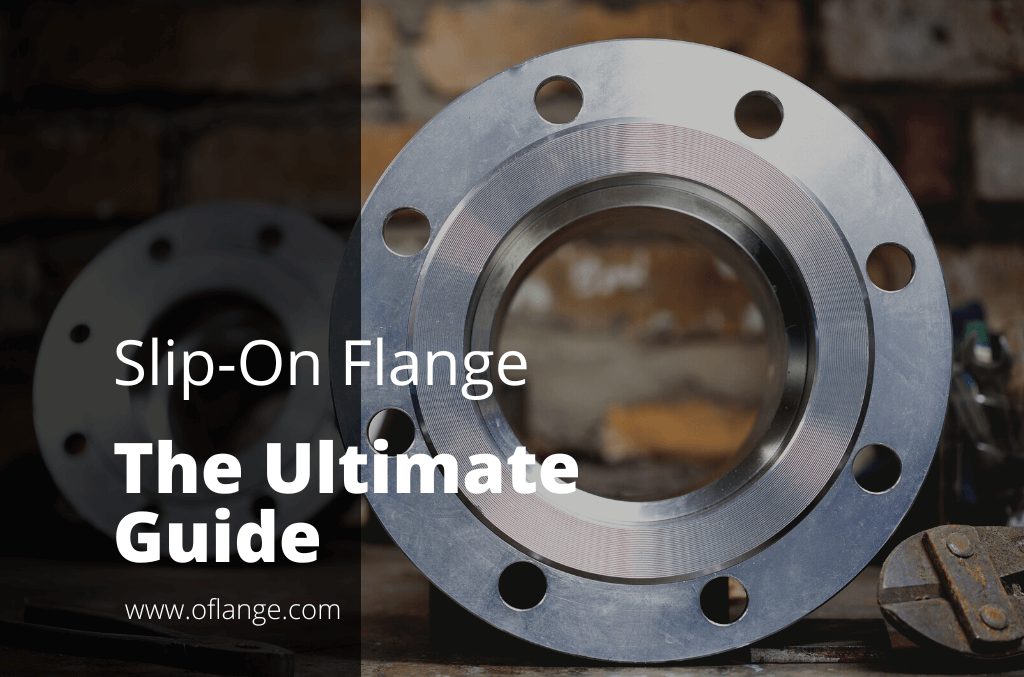PRODUCT FEATURES
ASTM A105 Flange Manufacturer to Rocket Your Business

PRODUCTS
Proud To Offer A Wide Variety Of Flanges
If you are looking for something specific that isn’t listed on our website yet, just contact us today!

ABOUT US
Who Is Oflange.com
oflange.com have seen that today there are also many flange companies in China & internationally. However, their solutions were still stuck a few years ago.
In fact, we have been upgraded in recent years, and oflange.com hope our smart and flexible solutions can inject fresh blood into this market.
PARTNER
Who Trust Us





BUYER’S GUIDE
ASTM A105 Flange
ASTM A105 flanges are fittings that are used to connect pipes and tubes. They have a variety of uses in many different industries. ASTM A105 flanges are made from carbon steel, which makes them strong and durable. They also have a variety of sizes, making them versatile for many different applications.
ASTM A105 flanges are also available in various types, including welding neck, slip-on, and blind. It can be manufactured with various types of reducing, coupling, and fittings.
ASTM A105 flanges are also available unplated or in different coatings, such as zinc or yellow chromate. Manufacturers offer large quantity discounts to customers who need ASTM A105 flanges in bulk.
Table of contents
1. ASTM A105 Flange Definition
An ASTM A105 flange is a type of flange that is made from carbon steel. ASTM A105 flanges are very strong and sturdy and are often used in heavy-duty industrial applications.
They are also very resistant to corrosion, which makes them ideal for use in harsh environments. ASTM A105 carbon steel flanges come in a variety of different sizes, so you can find the perfect one for your needs.
ASTM stands for the American Society for Testing and Materials, which is an organization that creates different standards for many different materials or products. The ASTM standard for carbon steel A105 flanges is ASTM A105, which was originally published in 2009.
This standard defines the dimensional requirements for the ASTM A105 flange. Additionally, it gives requirements for ASTM A105 flange specification, chemical compositions, and mechanical properties.
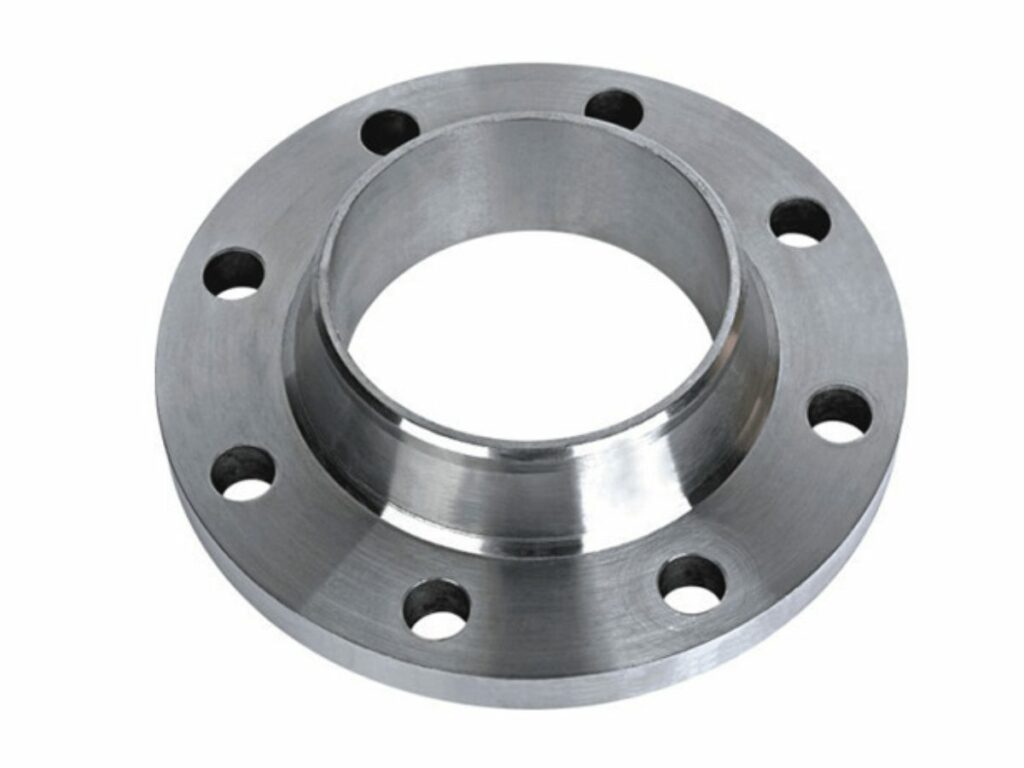
2. Different Types of ASTM A105 Flange
There are three main types of ASTM A105 flange: the slip-on flange, the weld-neck flange, and the socket weld flange.
Slip-On Flange
The ASTM A105 slip-on flange is a common type of ASTM A105 flange. The ASTM A105 flange has a beveled edge which allows it to easily slide over the pipe’s end and onto the hub of the weld neck.
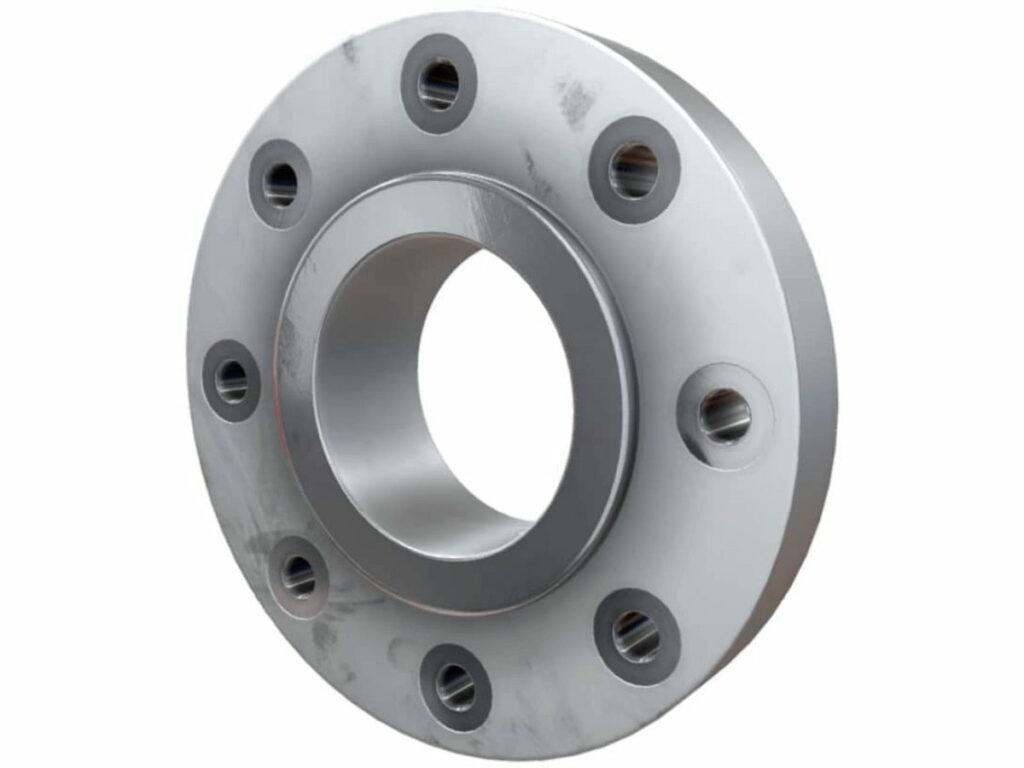
Weld Neck Flange
Another ASTM A105 flange is the ASTM A105 weld neck flanges. This welding neck flange is similar to a slip-on ASTM A105 flange except that the ASTM A105 flange has a welded neck, where it can make contact with the hub of the ASTM A105 flange and be welded together.
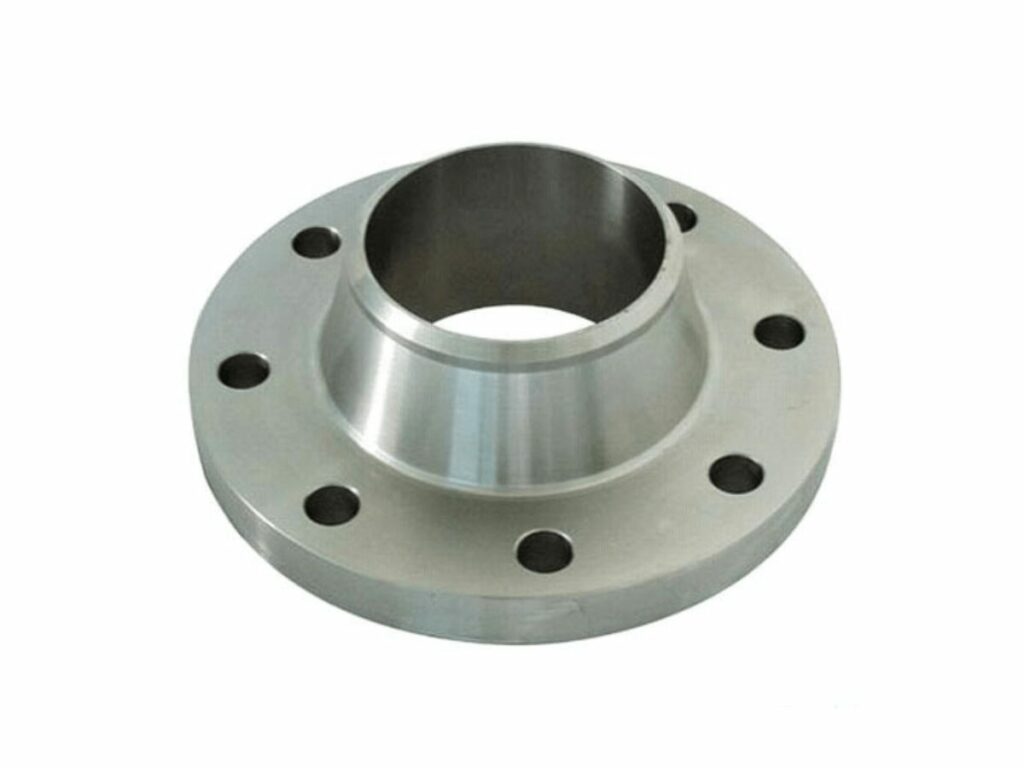
Socket Weld Flange
The ASTM A105 socket weld is a type of ASTM A105 flange that has a slightly different inner opening from the ASTM A105 slip-on flange and the ASTM A105 weld neck ASTM A105 flange.

Blind Flange
Another type of ASTM A105 flange is the ASTM A105 blind flange. This flange is similar to a socket weld ASTM A105 flange, but it does not have an opening in the middle.
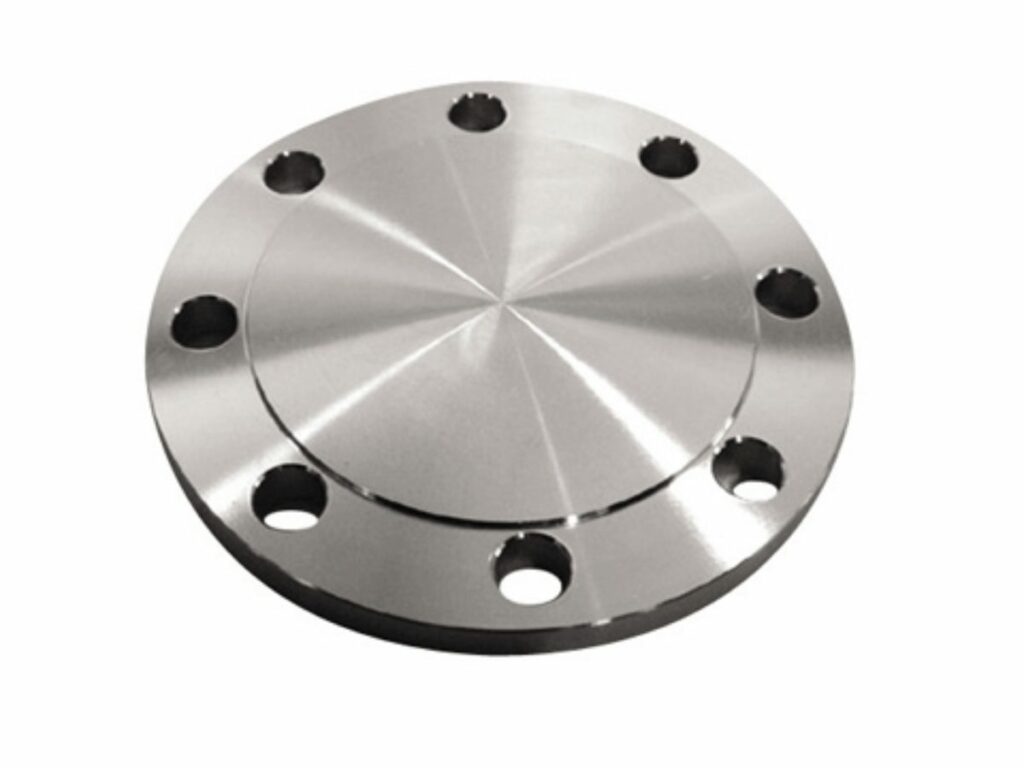
3. The Difference Between ASTM A105 Flange and Other Flange Types
There are a few key differences between the ASTM A105 flange and other flange types. Below are some of it:
| ASTM A105 Flange Is Made to ASTM Specification A105 | The ASTM A105 flange is made to the ASTM specification A105. This means that its dimensions and chemical compositions of it are specifically defined by the ASTM standard. |
| ASTM A105 Flange Is Made from Carbon Steel | The ASTM A105 flange is made from carbon steel, which gives it a higher quality than other flange types. Carbon steel is a very strong and sturdy material, which makes it ideal for use in heavy-duty industrial applications. |
| ASTM A105 Flange Has a Higher Quality Than Other Flange Types | The ASTM A105 flange has a higher quality than other flange types. This is because it is made from carbon steel, which is a very strong and sturdy material. Additionally, the dimensions and chemical compositions of the ASTM A105 flange are specifically defined by the ASTM standard. |
There are other ASTM flanges such as ASTM A181 flange, ASTM A182 flanges, and ASTM A350 LF2 flanges. However, the ASTM A105 flange is the most common type of ASTM flange. Additionally, it is made from carbon steel, which gives it a higher quality than other flange types.
If you want to know more about the ASTM A105 flange, contact us at Oflange. Our experts are happy to assist you with any further questions.
4. ASTM A105 Flange Materials
The ASTM A105 flange is a commonly used type of flange that is made from carbon steel. It is a relatively simple design that is easy to manufacture and is relatively affordable.
The A105 flange can also be welded to the pipe, which can provide a stronger connection. Below are the main materials of which the A105 flange is made:
Carbon Material
Carbon steel is commonly used for this type of flange. Carbon steel has a high strength-to-weight ratio, making it an attractive material choice. The forged carbon steel flange also has excellent formability, which makes it very easy to fabricate into different shapes and designs (like the A105).
Stainless Steel Material
ASTM A105 flanges are typically not made from stainless steel. Stainless steel materials are generally used for more high-end applications since they are about three times as expensive as carbon steel.
Alloy Material
ASTM A105 flanges can be made from alloy materials, such as nickel steel, beryllium copper, and various other alloys. Alloy flanges are typically reserved for high-pressure applications, such as those that would be found in a nuclear power plant.
5. ASTM A105 Flange Dimension
ASTM A105 flanges are made in accordance with the American Society of Testing and Materials (ASTM) specification A105. The dimensions of an ASTM A105 flange are controlled by the size of the pipe to which it is attached.
The size of an ASTM A105 flange is typically specified in terms of its diameter (the distance from one side of the flange face to the other).
The thickness of the flange face and the width of the flange ring are also important dimensions. The average dimension of an ASTM A105 flange is calculated by taking the diameter multiplied by 3/2, which gives the average thickness of both the face and ring.
Sample computation:
ASTM A105 flange has a size of 2.5 inches (65 mm). The average thickness of the face and ring is computed by taking 2.5 multiplied by 3/2 = 1.75 inches (44.45 mm).
6. ASTM A105 Flange Manufacturing Process
Manufacturing the flange is a complicated process that involves many steps. Below are descriptions of some of the processes used to make a flange:
Step #1 Cutting
For steel, a band saw or laser beam is used to cut the material into a piece that will fit the needed dimensions. This step is not considered finished until after this cut has been ground and polished by hand to ensure it meets specifications.
Step #2 Bending
At this step, the material is bent to create a flange. This can be done in a press brake for steel and plate. The bending die is made specifically to work with the material that will be used at this step.
Step #3 Drilling
After the flange is created, holes are drilled into it, which requires an extremely accurate tolerance of 0.005″.
Step #4 Shaving
This step is only required for cast iron flanges and ensures that the top and bottom surfaces are flat to less than 1⁄32 inch. The part is placed in a machine that has two hardened steel blades.
The blades shave off excess material until the desired tolerance is reached, which requires manual labor because it is not possible to quantitatively measure the thickness.
Step #5 Sawing
Before assembling the flange parts, pipes are sawed so that they can be placed inside each other. The type of saw used depends on the material being cut. For cast iron, a dry-saw with diamond blades is used to cut steel or cast iron because metal tends to absorb water, which causes steel blades to burn out quickly.
Step #6 Grinding
A grinder is used to further finish the flange by removing burrs and sharp edges caused during the sawing process. In this step, a cooling lubricant is required because of friction from the grinder.
Step #7 Distribution
Once the flanges have been finished, they are inspected by a qualified technician. If they pass inspection, they will be stamped with the company’s name and other relevant information such as their size and class.
7. The Benefits of Using ASTM A105 Flange
When it comes to choosing the right flange for your needs, you may be wondering if ASTM A105 is the right option. Here are some of the benefits of using ASTM A105 flange:
Durability
ASTM A105 is a strong and durable material, meaning that it can withstand a lot of wear and tear. This makes it a great choice for applications that require a lot of strength and resilience.
Temperature Resistance
Another benefit of ASTM A105 is its high-temperature resistance. This means that it can stand up to extreme conditions without melting or warping.
Corrosion Resistance
ASTM A105 is also corrosion-resistant, meaning that it will not rust or corrode over time. It is also resistant to pitting and crevice corrosion, meaning that it can last longer.
Fire Resistance
ASTM A105 also has fire resistance, meaning that it won’t catch on fire even when exposed to high temperatures for a long period of time.
Wear Resistance
While nearly all metals have some level of wear resistance, ASTM A105 is exceptionally worn resistant – especially compared to other low alloy steels. This makes it perfect for projects that require parts to resist abrasion.
Formability
While this is not an issue with most flanges, ASTM A105 has a high degree of formability which means you can bend or curve it without breaking it.
8. ASTM A105 Flange Average Cost
ASTM A105 flange average cost can vary depending on the size and type of flange. For example, a carbon steel flange may cost less than a stainless steel flange. The size of the flange also affects the price. A large flange will be more expensive than a small flange.
However, the average cost of an ASTM A105 flange is between $200 and $3000. The supplier of the flange also affects the price. It is often a good idea to compare prices from several suppliers before making a purchase.
If you want an exact quote for an ASTM A105 flange, consult us at Oflange. We will be happy to provide you with a quote. We can extend this offer to our existing customers as well.
9. Maintenance Tips for ASTM A105 Flange
When we talk about ASTM A105 flanges, we cannot avoid the issue of maintenance. Maintenance of this kind of flange is required as it is used in pipelines and other kinds of fluid transfer systems.
Here are some of the most important maintenance tips for ASTM A105 flanges:
#1 Keep it Dry
As an alloy, steel is relatively tough and durable if it is kept in good condition. It can be corroded by moisture, so you need to keep it dry when you are not using it. You should clean it after use or at least wipe off all the fluid that may be on it.
#2 Keep it Oil-Free
Moisture and oil are close relatives, so if they team up together, corrosion can set in faster than you think. Just like keeping ASTM A105 flange dry, keep them free of oil as well. It is best to wipe the oil off with a rag immediately after use to prevent it from settling in the metal.
#3 Keep It Clean
It is easy for dirt, grime, or other debris to accumulate on or around ASTM A105 flanges during their normal use. But you need to remember to clean them off periodically so that corrosion does not settle in.
You can put some rags or towels or newspapers around the flanges and wipe them clean. A stiff brush can be used to get rid of rust.
#4 Keep it Lubricated
A little bit of grease on the threads of a bolt that is going into a flange can go a long, long way in preventing corrosion from settling in. You may also want to apply the grease on the outside of a bolt while it is not in use.
#5 Keep them Together
Sometimes little things like this matter. If you have more than one ASTM A105 flange, do your best to keep them together when they are not connected or connected to something else. This means that if there is any pitting or corrosion happening on one, they will likely happen at about the same time.
This is not an exhaustive list of maintenance tips for ASTM A105 flanges; there are many others that you can find online if you look hard enough. But these 5 should be enough to get you started or point you in the right direction if something goes awry with your flange.
10. Final Words
ASTM A105 flanges are the fittings that do just that. They come in many different sizes and types, so there’s something for every application.
There are even some with special coatings designed to prevent corrosion and protect against wear and tear. And they all meet the strict standards set by ASTM International, so you know your product is safe when it comes from us.
If you have any questions about ASTM A105 flanges or any other industrial products, please contact us at Oflange. We look forward to hearing from you!













